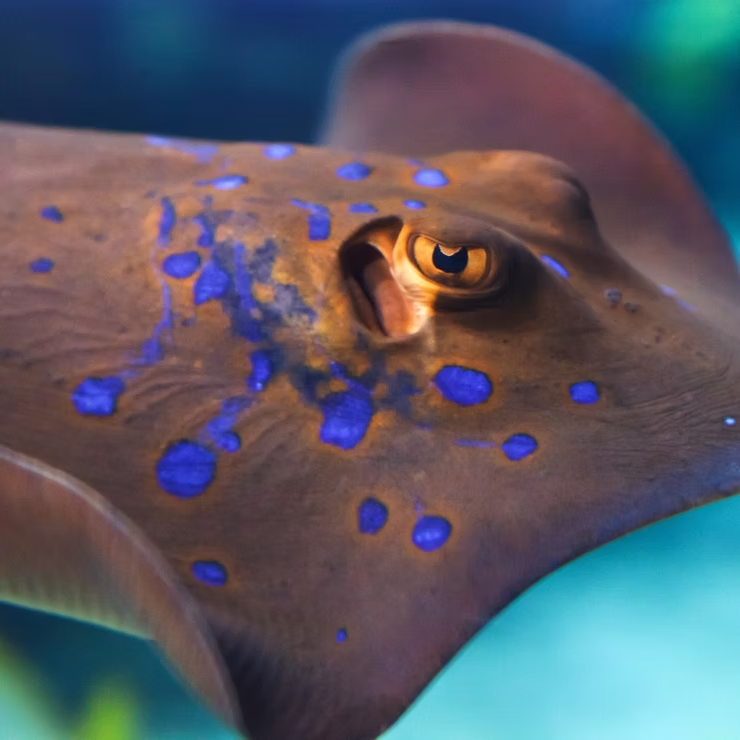Introduction
The ocean is a vast, mysterious world filled with extraordinary survival stories. From the masterful camouflage of cuttlefish to the awe-inspiring migrations of sea turtles, marine animals demonstrate resilience and adaptability in the face of extreme conditions. These adaptations not only ensure survival but also highlight the delicate balance of life beneath the waves. This article explores the remarkable strategies marine creatures use to thrive, the threats they face, and the lessons we can learn from their resilience.
Key Takeaways
- Marine animals display remarkable adaptability in extreme and changing oceanic environments.
- Cuttlefish camouflage and sea turtle migration showcase unique survival strategies.
- Climate change and acidification challenge marine biodiversity, yet species are evolving new responses.
- Traditional fishing heritage offers sustainable practices for modern conservation efforts.
- Understanding marine myths alongside science enriches appreciation of ocean ecosystems.
Oceanic Resilience in Animals
The Art of Camouflage
Cuttlefish are among the ocean’s greatest illusionists, instantly changing color and texture to evade predators or ambush prey. Other marine creatures, such as octopuses and certain fish, use disruptive patterns or environmental materials to blend seamlessly into their surroundings. This ability to disappear is not just impressive—it is a vital survival tool.
Sea Turtle Voyages
Sea turtles navigate across oceans using Earth’s magnetic fields, a built-in compass guiding them thousands of miles back to nesting beaches. This innate sense of direction demonstrates extraordinary biological precision and resilience in one of nature’s most enduring travelers.
Survival in Extreme Depths
In the deep sea, where crushing pressure and frigid darkness dominate, species like anglerfish and tube worms thrive. Their adaptations include flexible structures, antifreeze proteins, and specialized enzymes, allowing them to survive in conditions fatal to most life forms.
Physiological Adaptations
Coping with Temperature Shifts
Marine species adjust to warming seas by relocating to cooler waters, altering body functions, or shifting reproductive cycles. These changes ensure survival even as oceanic environments grow increasingly unstable.
Breathing Beyond Gills
- Gills – Extract oxygen directly from water.
- Skin – Some amphibians and fish absorb oxygen through their skin.
- Lungs – Used by air-breathing fish and mammals.
- Buccal pumping – Moving water over gills without swimming.
Managing Pressure
Deep-sea creatures avoid collapse by lacking air-filled cavities and producing stabilizing compounds. These unique traits enable survival in extreme environments where humans cannot venture unaided.
Sensory and Reproductive Adaptations
Sensory Superpowers
Sharks detect electrical signals, dolphins use sonar to map their surroundings, and other species employ unique sensory tools to thrive in darkness and murky waters.
Reproductive Strategies
- Mass spawning events in corals overwhelm predators with numbers.
- Deep-sea species produce fewer but larger offspring for survival.
- Fish synchronize breeding cycles with seasonal changes for maximum success.
Impact of Climate Change
Coral Bleaching
Rising temperatures stress corals, causing them to expel algae and lose their vibrant colors. Some adapt by shifting locations or tolerating higher temperatures, though not all can survive the rapid change.
Ocean Acidification
Increased carbon dioxide makes seawater acidic, weakening coral skeletons and mollusk shells. This silent threat ripples through entire ecosystems, destabilizing habitats for countless species.
Shifting Habitats
As waters warm, marine species migrate toward cooler, poleward regions. This reshuffling impacts predator-prey dynamics and alters long-standing ecological balances.
Heritage, Culture, and Myths
Native Fishing Practices
Indigenous communities offer valuable lessons in sustainability through seasonal cycles, eco-friendly gear, and respect for natural rhythms. Their knowledge provides a blueprint for balancing conservation with cultural preservation.
Maritime Legends
Myths of krakens and mermaids stem from real encounters—giant squids and manatees likely inspired these tales. While mythical, such stories reflect humanity’s enduring awe of the sea and its mysteries.
Conservation and Innovation
Protecting Biodiversity
Global initiatives, marine protected areas, and stricter pollution regulations help safeguard ecosystems. Grassroots efforts like beach cleanups and sustainable choices strengthen conservation impact.
Technology for Sustainability
- Satellite tracking maps animal migrations.
- Genetic analysis reveals population health and resilience.
- Artificial reefs restore biodiversity and habitats.
Conclusion
The ocean’s resilience is written in the survival strategies of its inhabitants. From camouflage to migration, marine life adapts ingeniously to changing environments. Yet, these adaptations alone cannot shield them from human-driven threats. By embracing conservation, learning from heritage, and advancing technology, we can protect the ocean’s wonders and ensure their stories endure for future generations.

